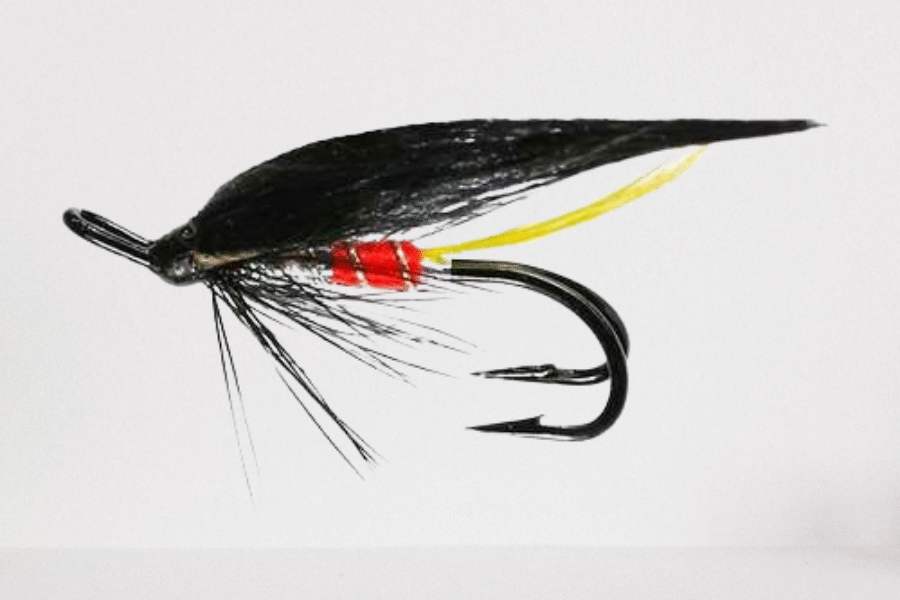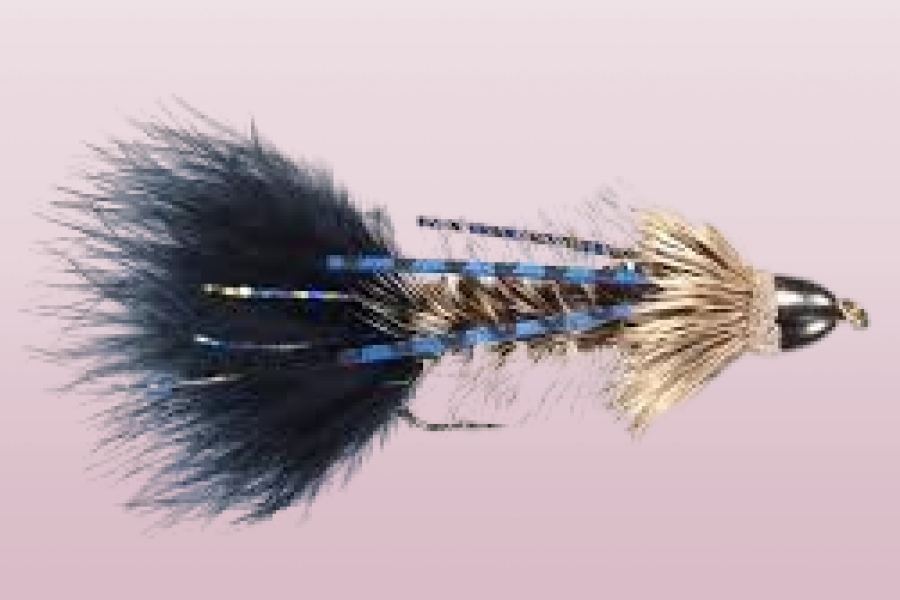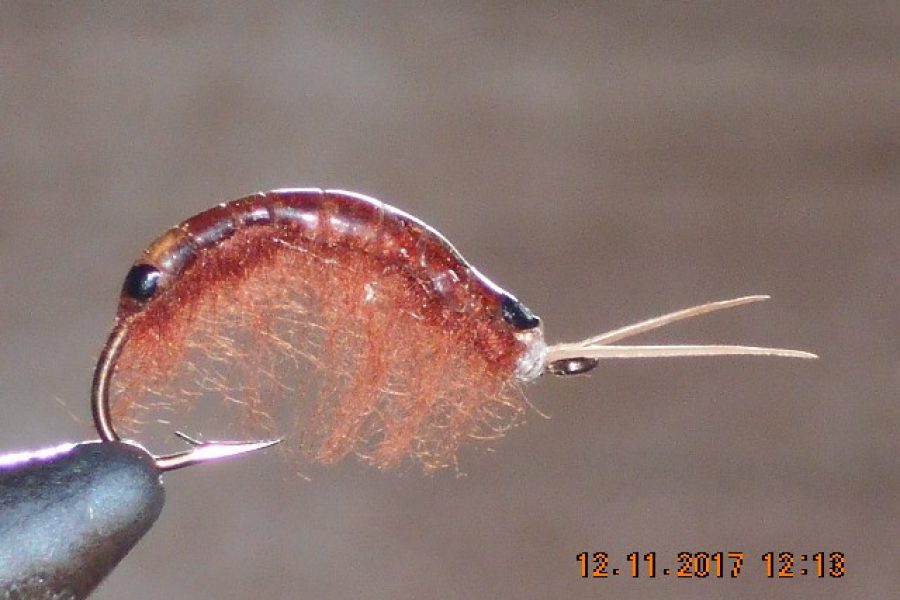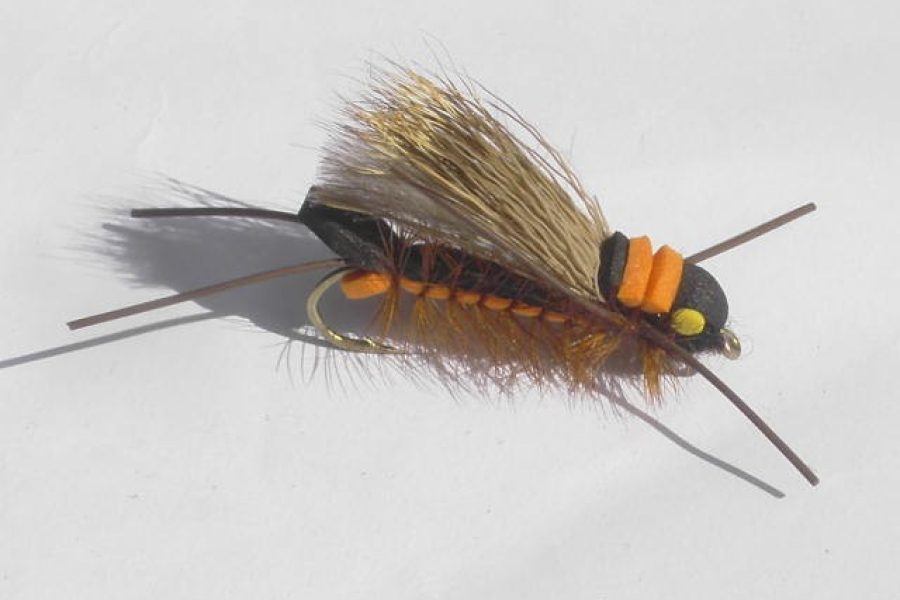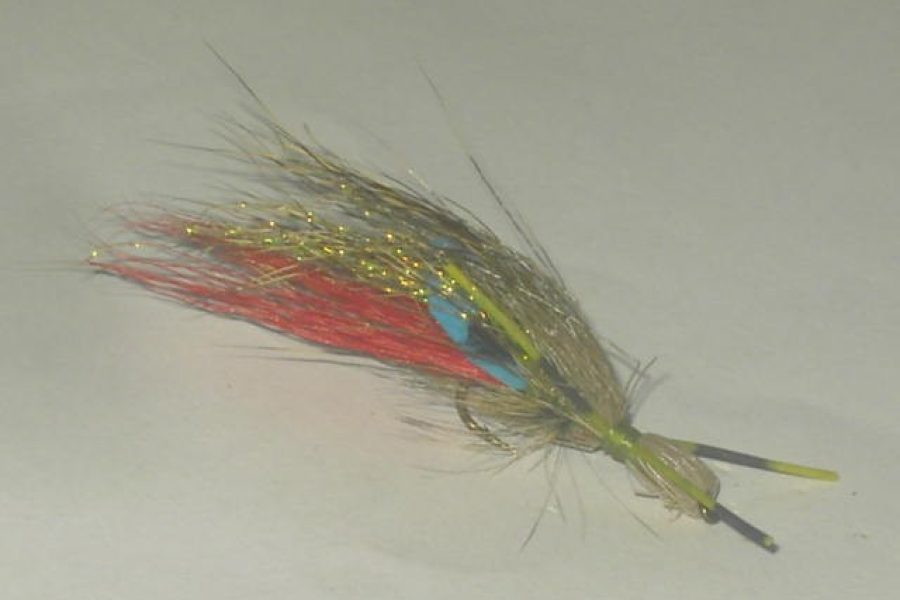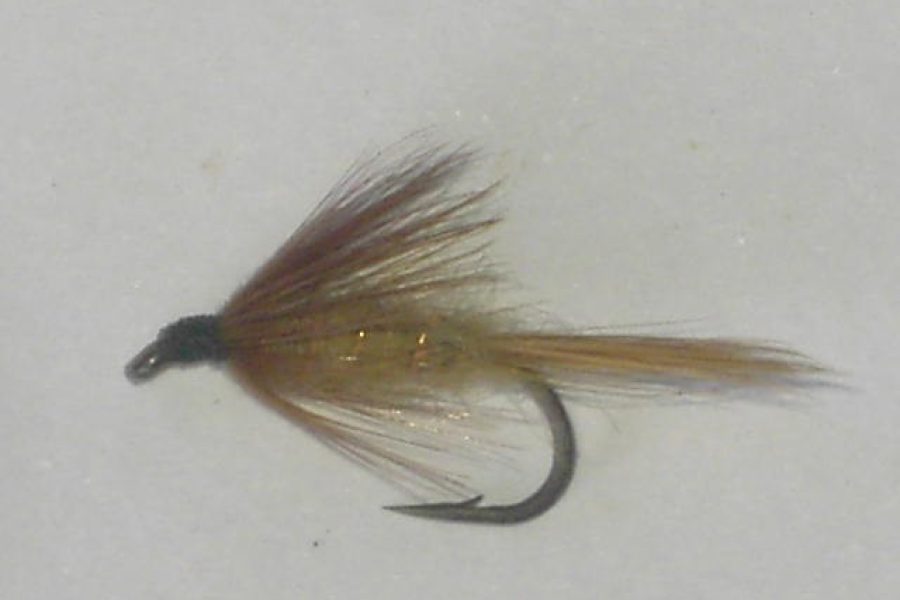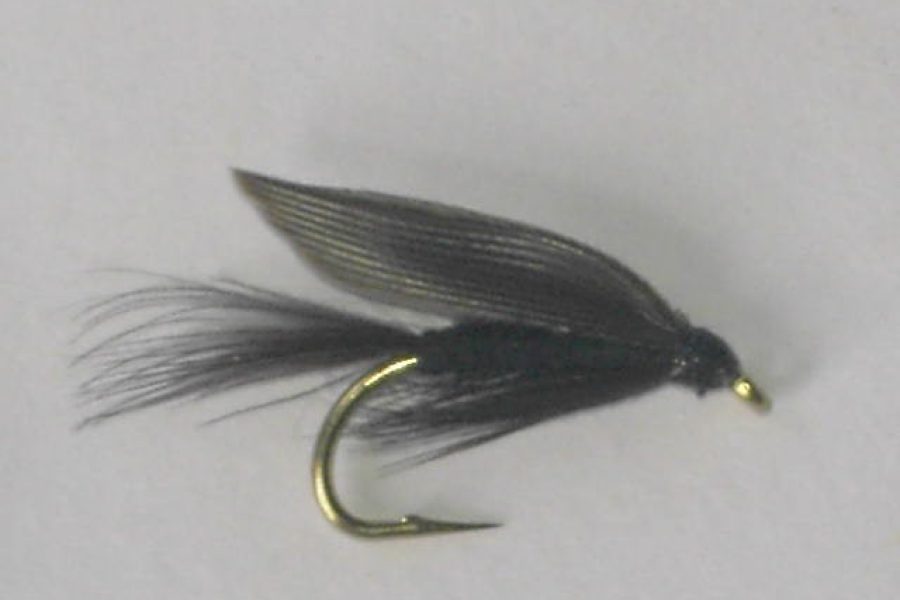Description
Product Overview and Heritage The 100 Assorted Foam Flies collection represents a specialized selection of surface patterns, featuring unique combinations of traditional and modern foam designs. This carefully curated assortment incorporates proven patterns for various species and situations, making them particularly effective for targeting surface-feeding fish while providing both buoyancy and durability. The collection has become a reliable choice for serious anglers, offering consistent results across multiple species and water conditions.
Design Features and Materials Hook Characteristics:
- Premium dry fly hooks
- Available sizes: 8-18
- Standard wire construction
- Wide gap design
- Chemically sharpened points
- Bronze finish
- Optimal hook strength
- Enhanced penetration design
- Perfect size-to-weight ratio
- Freshwater durability
Material Components:
- High-density foam
- Premium hackle
- Rubber legs
- Enhanced durability
- Quality materials
- Color-fast characteristics
- Movement enhancement
- Natural appearance
- Balanced design
- Realistic profiles
Pattern Variety and Selection The collection includes:
- Foam hoppers
- Foam beetles
- Foam ants
- Foam crickets
- Foam spiders
- Attractor patterns
- Natural colorations
- Hi-vis designs
- Mixed sizes
- Seasonal variations
Fishing Applications and Techniques Presentation Methods:
- Dead drift
- Twitched retrieve
- Multiple angles
- Surface wake
- Pattern placement
- Current fishing
- Structure targeting
- Cross-current drifts
- Action variation
- Traditional methods
Specialized Applications:
- Surface fishing
- Terrestrial season
- Structure fishing
- Clear conditions
- Low light periods
- Summer periods
- Search patterns
- Active fish
- High-pressure situations
- Technical water
Seasonal Effectiveness Spring Performance:
- Late spring success
- Mixed techniques
- Weather changes
- Pattern selection
- Temperature increases
- Fish movement
- Feeding windows
- Natural cycles
- Light conditions
- Hatch matching
Summer Strategy:
- Peak terrestrial season
- Morning/evening peaks
- Temperature adaptation
- Feeding patterns
- Oxygen levels
- Light penetration
- Fish behavior
- Water conditions
- Current seams
- Structure targeting
Fall Applications:
- Late-season fishing
- Cooling waters
- Changed light conditions
- Transitional periods
- Selective takes
- Pattern visibility
- Fish location
- Temperature drops
- Migration patterns
- Feeding windows
Habitat and Water Types Water Applications:
- Rivers and streams
- Lakes and ponds
- Mountain creeks
- Clear water
- Turbid conditions
- Structure areas
- Current seams
- Drop-offs
- Holding water
- Pocket water
Specialized Environments:
- Various waters
- Technical streams
- High gradient waters
- Complex currents
- Bank edges
- Shallow runs
- Different depths
- Pool heads
- Current breaks
- Fast water
Target Species and Behavior Primary Species:
- Brown Trout
- Rainbow Trout
- Brook Trout
- Bass
- Multiple Species
- Surface Feeders
- Opportunistic Feeders
- Trophy Fish
Behavioral Patterns:
- Active feeding
- Aggressive takes
- Pattern recognition
- Natural behavior
- Opportunistic strikes
- Selective periods
- Strike triggers
- Visual stimulation
- Lateral line response
- Competitive behavior
Rigging Recommendations Leader Setup:
- 7-9 foot leaders
- 3X-5X tippet
- Tapered leaders
- Fluorocarbon options
- Loop-to-loop connections
- Proper presentation
- Adequate stiffness
- Knot strength
- Breaking strain
- Abrasion resistance
Presentation Options:
- Single fly
- Dropper rigs
- Traditional methods
- Modern techniques
- Line matching
- Leader design
- Tippet selection
- Depth control
- Drift adjustment
- Action variation
Professional Applications Guide Usage:
- Client-friendly patterns
- Proven success rates
- Consistent performance
- Easy presentation
- Multiple techniques
- Teaching tools
- Confidence patterns
- Versatile applications
- Durability
- Hook-up ratio
Tournament Usage:
- Competition proven
- Technical water success
- Pressure adaptation
- Quick-change capability
- Consistent performance
- Pattern rotation
- Size variation
- Color selection
- Presentation options
- Result tracking
Advanced Technical Applications The collection excels in specific technical situations that require precise presentation and pattern selection. These patterns perform exceptionally well in the following scenarios:
- Terrestrial situations
- Bank-side presentations
- Areas with active surface feeding
- Complex current seams
- Structure-rich environments
Pattern effectiveness can be enhanced through specialized presentation techniques:
- Variable drift speeds
- Multiple presentation angles
- Micro-adjustments to drift
- Strategic mending for drag-free float
- Counter-current presentation in complex flows
Water temperature significantly impacts pattern effectiveness:
- Optimal performance in 55-75°F range
- Increased activity during warming trends
- Enhanced success during stable barometric conditions
- Peak effectiveness during terrestrial season
- Adapted presentation based on metabolic activity
Care and Maintenance Post-Fishing Care:
- Thorough drying
- Material grooming
- Hook inspection
- Pattern maintenance
- Material preservation
- Storage preparation
- Shape inspection
- Profile verification
- Performance testing
- Movement checking
Storage Requirements:
- Dry environment
- UV protection
- Separate compartments
- Regular inspection
- Moisture prevention
- Temperature control
- Light protection
- Ventilation needs
- Box organization
- Inventory management
Environmental Considerations Conservation Features:
- Sustainable materials
- Durable construction
- Catch-and-release friendly
- Minimal environmental impact
- Eco-conscious design
- Material selection
- Ethical considerations
- Resource protection
- Species conservation
- Environmental awareness
Material Selection:
- Responsible sourcing
- Quality components
- Mixed elements
- Ethical production
- Sustainable practices
- Environmental impact
- Material longevity
- Waste reduction
- Local materials
- Eco-conscious design

